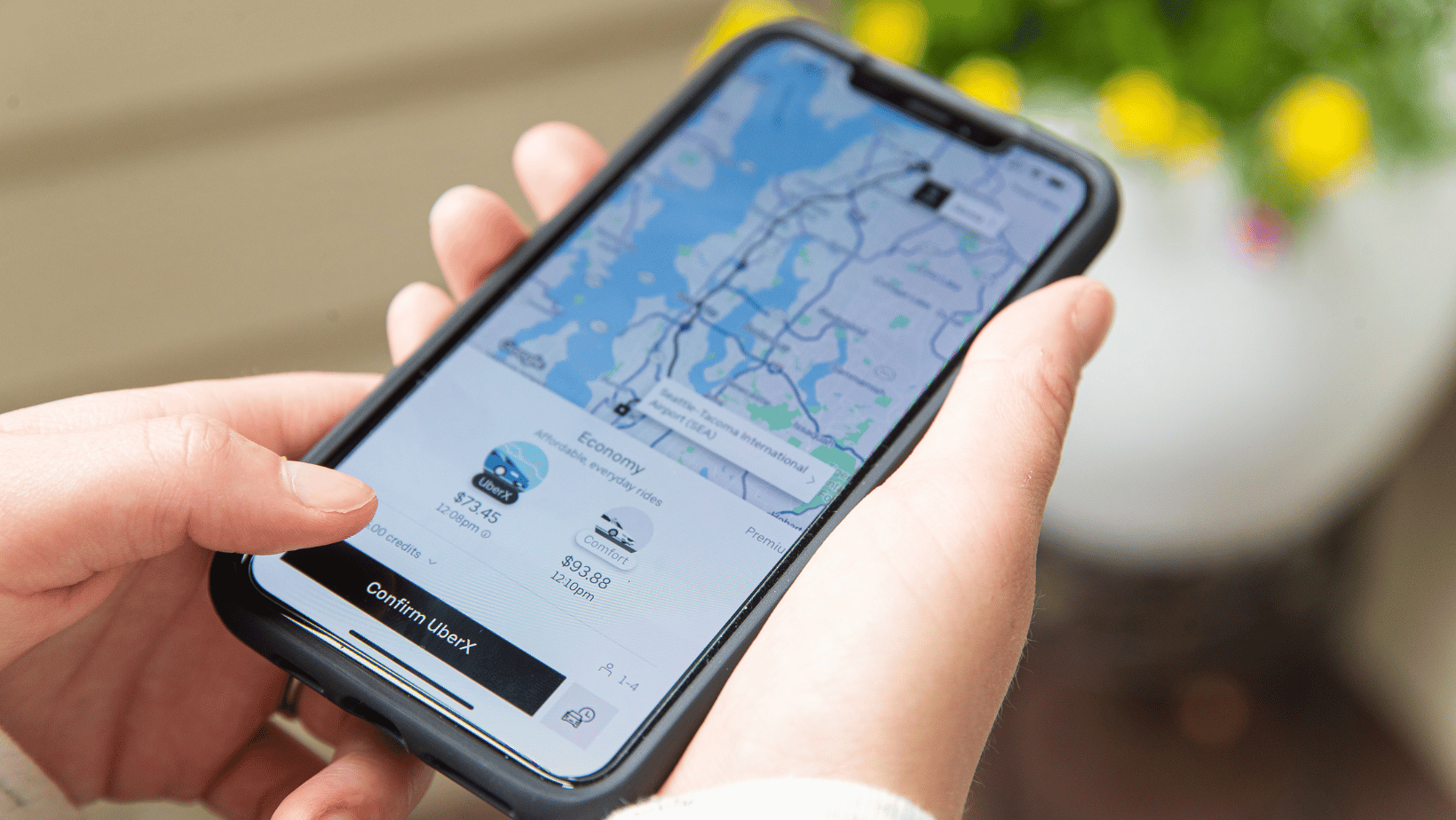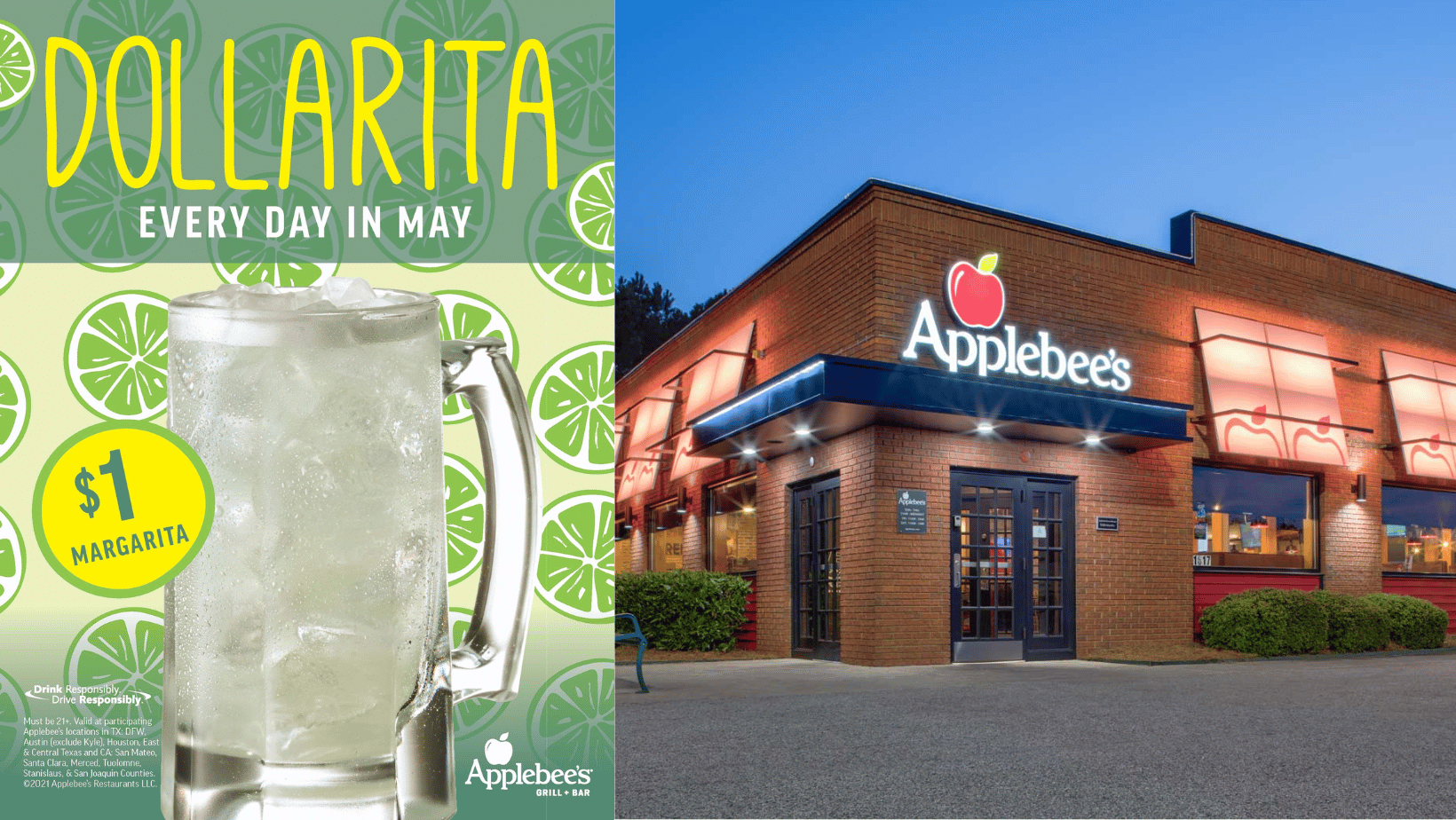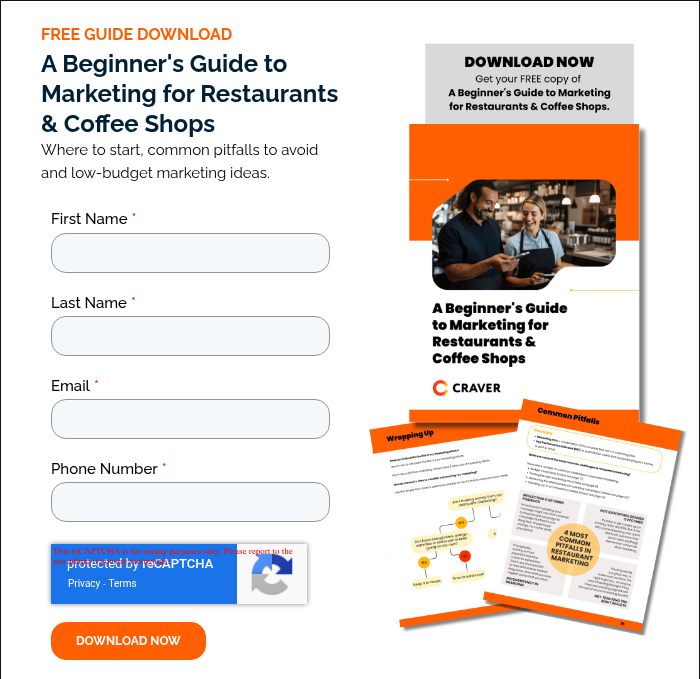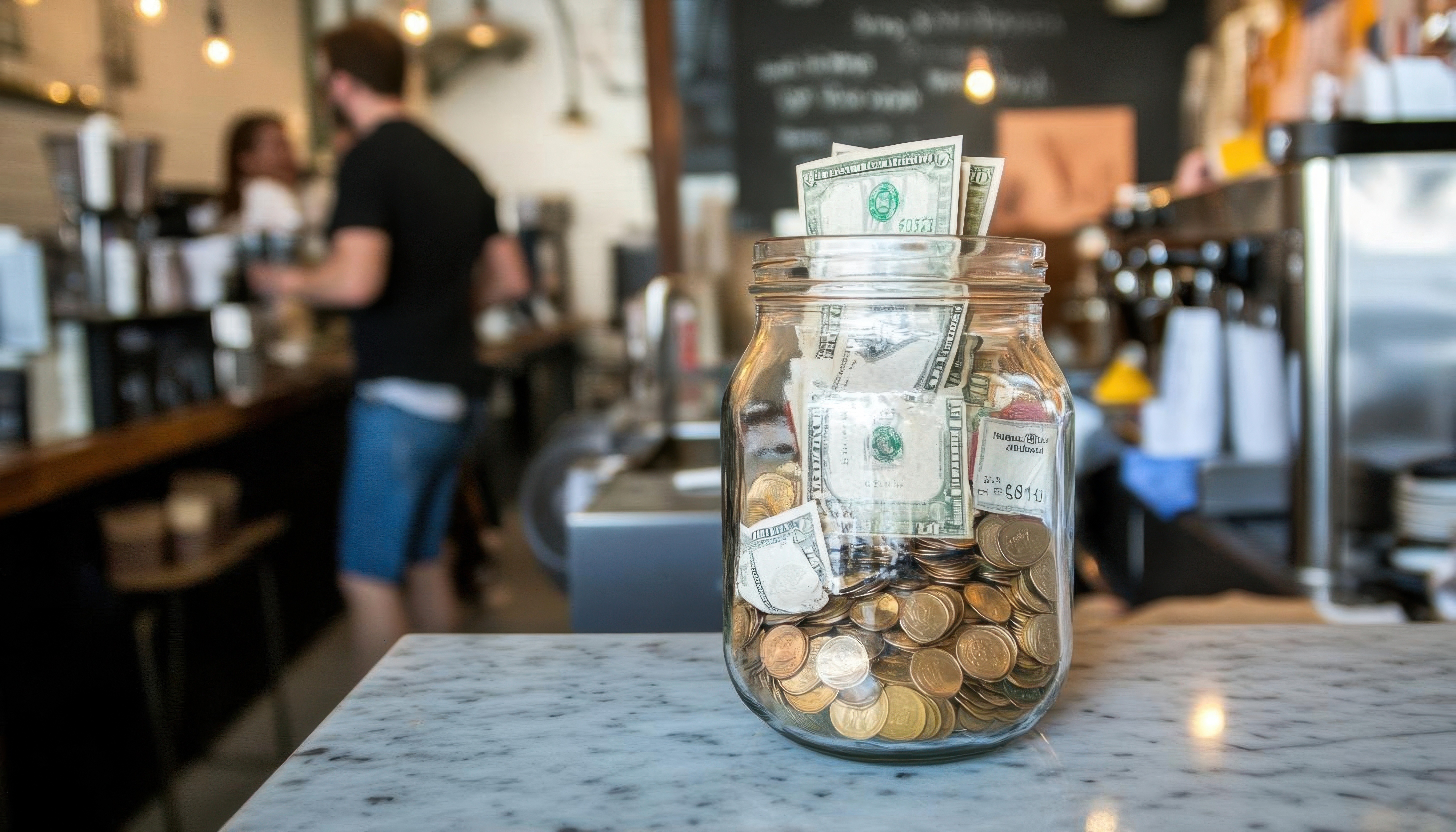Dynamic Pricing in Restaurants: A Genius Idea or Recipe for Disaster?
Have you ever booked a flight months in advance to lock in a discount?
Paid more for a hotel because you were traveling on a long weekend?
Had breakfast at 7 AM to get the cheap-as-chips Early Bird special?
If you answered “yes” to any of those questions…
Then you’re already more familiar with dynamic pricing than you might realize!
Dynamic pricing in restaurants has been a hot topic for the past couple of years, dominating industry discourse with questions about what it is, how to do it, and how to do it right.
Throughout this two-part blog series, we’ll be diving into the nuanced topic of dynamic pricing in restaurants, starting today by:
- Defining dynamic pricing & highlighting common strategies
- Comparing the pros and cons of dynamic pricing in restaurants
- Looking at a successful (and less successful) example of dynamic pricing in restaurants
So, without further ado… let’s get dynamic, shall we?
(Sorry — feel free to boo.)
What is Dynamic Pricing?
Dynamic pricing is a strategy where businesses increase or decrease their prices based on factors like customer interest and market demand.
At least that’s what it means as an umbrella term.
We can get much more specific with the definition of dynamic pricing once we break the term down into different strategy types.
(Which – spoiler alert – we’re about to do.)
Here are three commonly used dynamic pricing strategies with examples you’re probably familiar with (even if you don’t know it yet).
1. Surge/Demand Pricing
Surge pricing is a dynamic pricing strategy that suggests price changes during peak hours or time frames with high customer demand.

Example: Ride Services
At the end of a massive sports game, you know the roads will be busy… and so do the ride services you want to use to get home. To accommodate the abnormally high demand for rides – with the same number of available drivers – ride-hailing businesses (like Uber) will increase their prices to reflect that demand.
(Back in February, Wendy’s announced they’d be trying surge pricing in 2025… but we’ll get to that in a bit.)
2. Value-Based Pricing
Value-based pricing is a dynamic pricing strategy that suggests price changes based on perceived value (and often scarcity).
Example: Concert Snacks
If you’ve ever been to a concert, you know a bottle of water costs $10 at the venue, even though the same water bottle is $3 anywhere else. But, because you can’t BYOW to a concert – and you’ll probably be thirsty at some point, right? — that bottle of water has suddenly increased in value. By about $7, to be exact.
3. Time-Based/Peak Pricing
Time-based pricing is a dynamic pricing strategy that suggests price changes based on specific days/weeks/months/times.
Example: Flights
While the average airplane has ~500 seats, there’s a high likelihood that more than 500 people want to get on that same plane sometime in December. Whether you’re heading home for the holidays or going on vacation, December is a peak time for airline purchases… and that’s why prices are more expensive then, too.
Does pricing affect your brand? Learn more in our Restaurant Marketing Guide.
What Dynamic Pricing is Not
Now that we’ve talked about what dynamic pricing is… we need to talk about what it’s not, too.
Because, despite what 50% of consumers think, dynamic pricing is not price gouging.
Price gouging is when a business raises its prices to “unfair levels” without cause.
Unlike dynamic pricing, price gouging is not guided by customer demand, market trends, peak hours, or any other data-driven influence — it’s a raise in price just because.
And that “just because” has gotten a lot of businesses and individuals in trouble. In 2020, three people were fined for selling price-gouged hand sanitizer on Amazon, with each individual forking over $52K in penalties and $23K in consumer restitution.
So, while price gouging might not be illegal (yet), it’s definitely unethical and exploitative.
And it’s definitely different from dynamic pricing, too.
The Pros and Cons of Dynamic Pricing in Restaurants
From different strategies to consider and misconceptions about price gouging, there’s a lot to digest when you’re just starting to consider dynamic pricing for your restaurant.
But don’t worry.
We’ve made a good old-fashioned pros and cons list to help.
Pros of Dynamic Pricing
- Dynamic pricing can lead to an increase in revenue (especially during slow periods)
- Dynamic pricing can give you more control over setting/adjusting prices
- Dynamic pricing is already understood/accepted in other industries and sectors
- Dynamic pricing trends (i.e. demand, interest) can help you better understand:
- Your industry/the market
- Your audience
Cons of Dynamic Pricing
- Dynamic pricing can turn off both existing and new customers
- Dynamic pricing is often associated with price gouging/exploitation
- Dynamic pricing can be seen as unfair to lower-income/budget-restricted customers
- Dynamic pricing can make buying food/meals feel like a discretionary spend
Can Dynamic Pricing Work in Restaurants?
The most frustrating answer in marketing has to be “it depends.”
But, whether or not dynamic pricing can work in restaurants truly does depend on factors like:
- Why dynamic pricing is being implemented
- How the shift to dynamic pricing is being handled
- What kind of dynamic pricing is being implemented
- How dynamic pricing is being explained to customers
So, bearing those factors in mind, here are 2 examples of dynamic pricing in restaurants, one example done well, and one example done… not so well.
Our Restaurant Marketing Guide asks you key questions to start your marketing strategy.
Dynamic Pricing in Restaurants Done Well
At the top of almost every “best happy hour” list is a shiny, red apple, because Applebee’s has been winning the dynamic pricing game for years.
While most people probably don’t think of happy hour as dynamic pricing (see: conflation with price gouging), it’s a stellar example of surge pricing done right.
During Applebee’s twice-daily happy hours, certain appetizers are 50% off with discounted drinks, too, so you can indulge in mozza sticks and margs until the cows come home (or at least until closing time).
With 50% off food and the return of the Dollarita (which customers literally begged for, by the way) it’s not surprising that Applebee’s happy hours have become such a cult classic.
What’s more surprising — and maybe a little counterintuitive — is that Applebee’s highly-discounted, twice-a-day happy hours are good for the business's bottom line, too.
In Q1 2017, Applebee’s then-CMO John Cywinski decided to shift the brand’s focus, better prioritizing “affordable and approachable food.” So, discounted meals and $1 to $3 drink specials (like the Dollarita) were introduced throughout that year, leading the chain to a 7.7% increase in sales by Q3 2018.
Since then, Applebee’s has continued to expand their approach to dynamic pricing, exploring new time-based offers at the start of 2023.
From reintroducing all-you-can-eat wings to creating exclusive holiday combos, Applebee’s gave 110% to new, limited-time offers… and it’s been paying off. The chain’s limited-time offers accounted for 19% of their total transactions in Q4 2023.
So, what’s on the horizon for Applebee’s?
Well, considering their just-announced, limited-time wing promotion... we’d guess more dynamic pricing success, probably.

Dynamic Pricing in Restaurants Done Not So Well
As promised in the surge pricing section, our “done not so well” example is Wendy’s.
On February 15 of this year, the square-burger brand hosted its 2023 Q4 earnings call, where newly appointed CEO and President Kirk Tanner shared that Wendy’s digital sales were booming.
“We… expect global digital sales will reach over $2 billion in 2024, a full year earlier than planned,” said Tanner. “We are always focused on improving the customer and crew experience, and in that spirit, we are leveraging technology in our restaurants even more.”
By “leveraging technology,” Tanner was probably referring to the brand’s 2-year, $20M digital menu rehaul… but he dropped the dynamic pricing bomb, instead.
“Beginning as early as 2025, we will begin testing more enhanced features like dynamic pricing and day-part offerings along with AI-enabled menu changes and suggestive selling.”
In the weeks following Tanner’s dynamic pricing announcement, consumers took to social media, with phrases like “corporate greed” coming up more than once.
On February 27 — not even 2 full weeks after the announcement went live — Wendy’s made a statement rescinding their plan to implement dynamic pricing.
“Earlier this month we issued our fourth quarter and full year 2023 earnings results and included an update on investments we are making in our digital business. One initiative is digital menuboards, which… [will] give us more flexibility to change the display of featured items. This was misconstrued in some media reports as an intent to raise prices when demand is highest at our restaurants. We have no plans to do that and would not raise prices when our customers are visiting us most.”
Wrap Up
Dynamic pricing in restaurants can be a complicated subject —especially considering the air of distrust a certain pigtailed redhead has recently left behind — but it doesn’t have to be.
With Craver, dynamic pricing becomes simpler, more effective, and more rewarding for you and your customers. Whether you’re following Applebee’s lead with half-price happy hours or leveraging off-peak periods with exclusive promos, Craver’s platform makes dynamic pricing seamless (and social media troll-free).
Don't forget, part 2 of our series teaches you how to implement dynamic pricing.
Incorporate dynamic pricing into your everyday operations with a mobile app by Craver.

.png?width=86&name=Untitled%20design%20(84).png)






